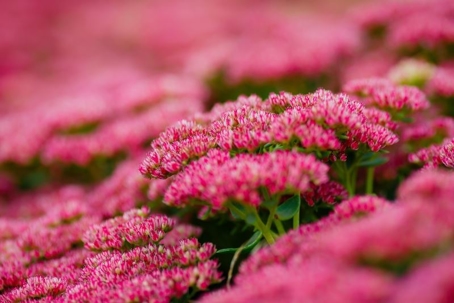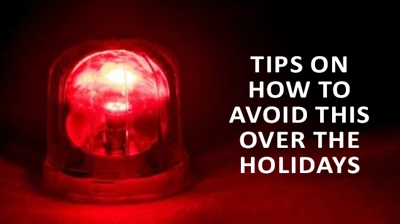Let’s be honest—that random patch in your yard covering your septic tank can be a bit of an eyesore. It’s important to keep your leach field clear so nothing compromises your septic system, but that doesn’t mean it has to be a blank patch of dead grass in the middle of your yard. Here are some septic-safe plants and how to practice safe landscaping around your septic tank.
Traits of Leach Field Friendly Plants
While it may seem risky to plant anything near your field, it can have several benefits. Bare soil or gravel isn’t the best cover for your field. It can’t handle storm runoff, frozen precipitation, or high winds—or protect your field from erosion and excess water. Plants keep the soil in place and absorb excess water to lessen flooding risks.
However, the biggest concern with planting anything on or around your leach field is the presence of roots. The last thing you want to do is remove roots from a septic tank—this usually involves broken pipes and a busted tank.
Since you don’t want too much water on top of your septic tank, drought-tolerant plants are better since they can survive with little irrigation. Water-loving plants will suck out any moisture in the soil, shifting the earth around the tank. Also, check the pH levels of your soil around the tank—cleaning products that wash into your tank will likely raise the salt levels in the soil. Plants that don’t do well with high salt levels won’t last.
Growing tall grass, weeds, and other shallow-rooted plants above your septic drain field, on the other hand, can be quite beneficial. Soft, non-woody plants help contain the moisture around the septic field, while the tender plants allow easy access to components of your septic system. Your best bet is to go with herbaceous plants. These are shallow-rooted, flowering annuals and perennials such as:
Tall fescue
Bee balm
Big bluestem
Hollyhock
Wild violet
Iris
Tulip
Daffodil
And more!
Are Shrubs or Trees Safe to Plant Near My Septic System?
The short answer is no. Most trees are “woody plants,” meaning they have woody stems and extensive root systems that will grow several feet beyond the trees’ canopy. Pussy willows, Japanese willows, aspen trees, Lombardy poplar, birch trees, and others are some of the worst, as their roots can grow over 100 feet long under ground. If you have any of these trees near your septic system, you may want to remove them professionally—or expect damages to your system in the future.
There aren’t many shrubs safe to plant near septic systems either sadly, for many of the same reasons. However, if your heart is set on having some shrubs on your lawn, there are a few shrubs with less aggressive roots that may be a good fit. Boxwoods, hollies, or arborvitae planted towards the drier ends of the drain lines are less risky. Just remember to keep them 10-20 feet away from your tank.
Tips for Landscaping Near/Over a Septic Tank
As mentioned, try not to put anything with deep roots near the tank.
Install root barriers. These can be made of a variety of materials, such as geotextiles or simple wood planks. But they need to be at least two feet deep and five feet or more from the drain line.
Don’t try to grow vegetables anywhere near or on your leach field. There’s no way to ensure that all the contaminants from the system filter completely out before they reach the soil around the field. Planting vegetables nearby could result in contamination—and then these contaminants could enter your body through the crops. If any wild edible plants grow near your field—such as mint, mushrooms, or culinary herbs—avoid eating these as well.
Careful when touching anything growing near the drain field. Always wear gloves when handling the plants and wash your hands thoroughly afterwards. Resist the urge to bring in nice plants or flowers that grow from your field, as they could contain contaminants from the soil.
Measure the effluent (the pH) of your soil before you plant so you know if it will affect the growing conditions.
Try not to put too many plants directly on top of the septic tank—especially not raised garden beds. The added weight and soil depths of the beds can inhibit evaporation, which will limit your systems’ efficiency.
Get an Expert Opinion from Wind River Environmental
If you aren’t 100% sure what plants are safe to put near or on your septic tank, or you’re concerned that already-existing plants could pose a threat to your system, contact us at Wind River Environmental. Our team consists of leading industry professionals who will know exactly how to answer your questions and advise you on the best drain field landscaping or septic system repairs. Get in touch with us to learn more.






.2410080654047.png)
